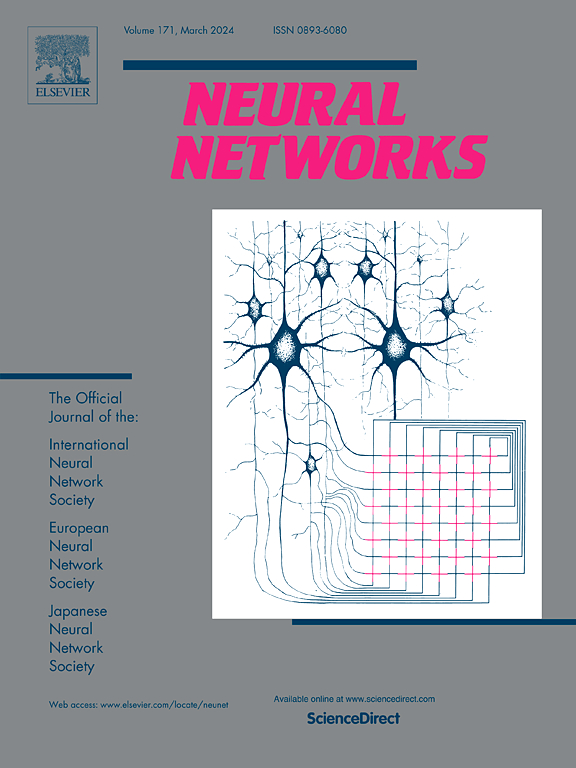ReactDiff: Latent Diffusion for Facial Reaction Generation
IF 6
1区 计算机科学
Q1 COMPUTER SCIENCE, ARTIFICIAL INTELLIGENCE
引用次数: 0
Abstract
Given the audio-visual clip of the speaker, facial reaction generation aims to predict the listener’s facial reactions. The challenge lies in capturing the relevance between video and audio while balancing appropriateness, realism, and diversity. While prior works have mostly focused on uni-modal inputs or simplified reaction mappings, recent approaches such as PerFRDiff have explored multi-modal inputs and the one-to-many nature of appropriate reaction mappings. In this work, we propose the Facial Reaction Diffusion (ReactDiff) framework that uniquely integrates a Multi-Modality Transformer with conditional diffusion in the latent space for enhanced reaction generation. Unlike existing methods, ReactDiff leverages intra- and inter-class attention for fine-grained multi-modal interaction, while the latent diffusion process between the encoder and decoder enables diverse yet contextually appropriate outputs. Experimental results demonstrate that ReactDiff significantly outperforms existing approaches, achieving a facial reaction correlation of 0.26 and diversity score of 0.094 while maintaining competitive realism. The code is open-sourced at github.
ReactDiff:面部反应产生的潜在扩散
给定说话者的视听片段,面部反应生成旨在预测听者的面部反应。挑战在于捕捉视频和音频之间的相关性,同时平衡适当性、现实性和多样性。虽然以前的工作主要集中在单模态输入或简化的反应映射上,但最近的方法,如PerFRDiff,已经探索了多模态输入和适当反应映射的一对多性质。在这项工作中,我们提出了面部反应扩散(ReactDiff)框架,该框架独特地将多模态变压器与潜在空间中的条件扩散集成在一起,以增强反应的产生。与现有的方法不同,ReactDiff利用类内和类间的注意力进行细粒度的多模态交互,而编码器和解码器之间的潜在扩散过程可以实现多样化但适合上下文的输出。实验结果表明,ReactDiff显著优于现有的方法,在保持竞争真实感的情况下,实现了0.26的面部反应相关性和0.094的多样性得分。代码在github上是开源的。
本文章由计算机程序翻译,如有差异,请以英文原文为准。
求助全文
约1分钟内获得全文
求助全文
来源期刊

Neural Networks
工程技术-计算机:人工智能
CiteScore
13.90
自引率
7.70%
发文量
425
审稿时长
67 days
期刊介绍:
Neural Networks is a platform that aims to foster an international community of scholars and practitioners interested in neural networks, deep learning, and other approaches to artificial intelligence and machine learning. Our journal invites submissions covering various aspects of neural networks research, from computational neuroscience and cognitive modeling to mathematical analyses and engineering applications. By providing a forum for interdisciplinary discussions between biology and technology, we aim to encourage the development of biologically-inspired artificial intelligence.
 求助内容:
求助内容: 应助结果提醒方式:
应助结果提醒方式:


